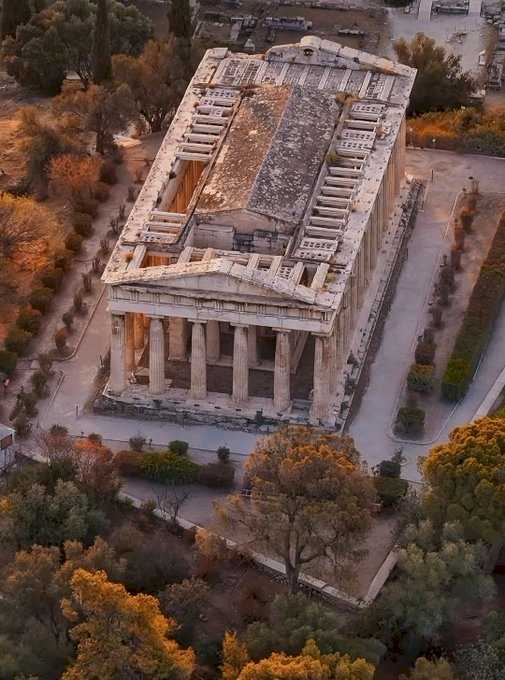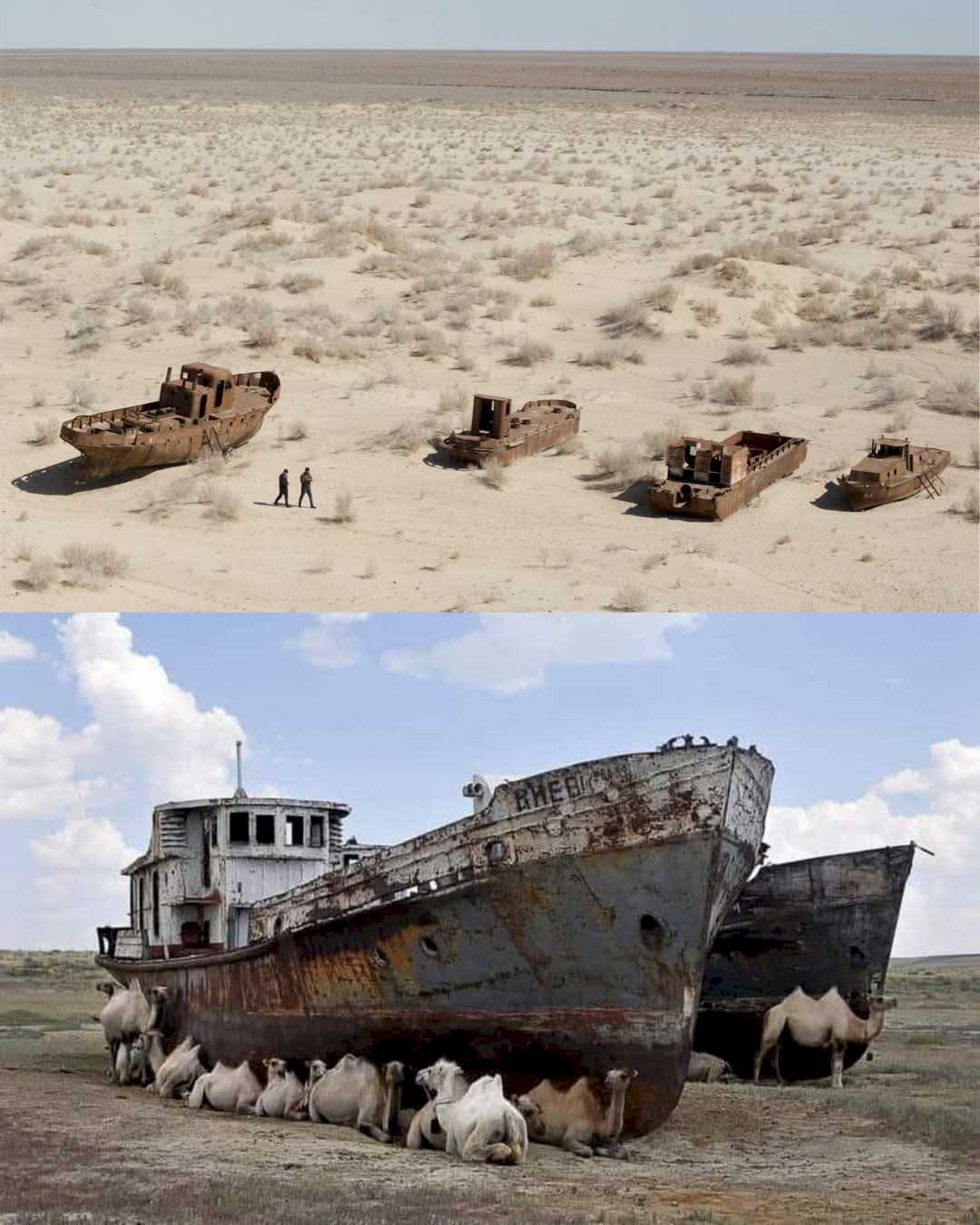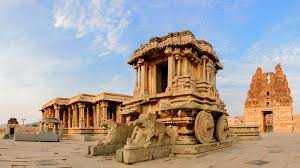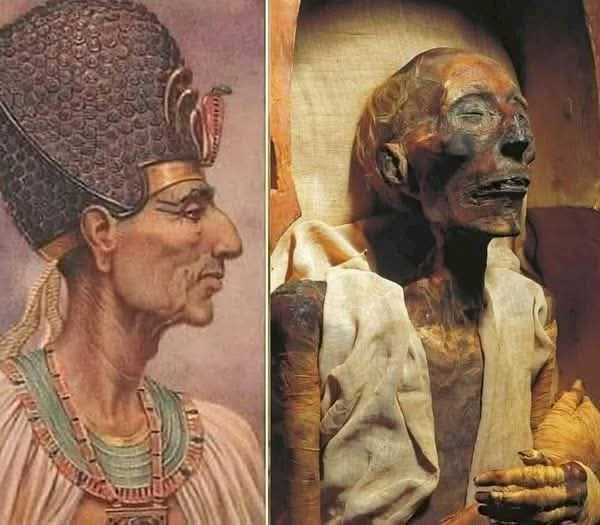

View 131 times
Do even the Gods bow to Abrahamic norms now or something else ?
Jalanetheshvar Temple, Tamil Nadu
C. 800 CE
#Archaeology questions

View 131 times
Temple of Hephaestus, 5th c. BC
Ancient agora of Athens

View 131 times
In 1774 AD, during the reign of Louis XVI, Swiss watchmaker Pierre Jacques Dro unveiled a remarkable engineering feat that would go down in history as the world's first android or programmed automaton. Known as "The Writing Boy," this creation appeared at first glance to be a simple wooden doll with a porcelain head, barefoot, and holding a goose feather. But hidden within this seemingly ordinary toy was a technological marvel, a writing mechanism powered by 6,000 intricate moving parts, making it the first automatic calligrapher.
"The Writing Boy" was a #groundbreaking achievement, as it was capable of writing complex sentences, such as "My inventor is Jacques Dro." The automation was a product of 20 months of meticulous work by Pierre Jacques Dro, and its debut in Paris stunned the court of King Louis XVI. The android's ability to perform such an intricate task showcased the high level of craftsmanship and innovation of the time.
This astonishing creation marked a significant milestone in the history of robotics and engineering. Not only was it the world’s first programmed android, but it also demonstrated the potential of machines to replicate human actions. The Writing Boy paved the way for future advancements in automation, solidifying Pierre Jacques Dro’s legacy as a pioneer in the field of #robotics.

View 131 times
Just a few decades ago, this was the fourth-largest inland sea on Earth, a vast body of water that sustained thriving fishing towns and drew visitors to its coastal resorts. The Aral Sea, once spanning parts of Kazakhstan and Uzbekistan, has now almost entirely vanished, leaving behind an expanse of desert where ships rust in the sand.
For centuries, this sea played a crucial role in regional trade and ecology, but human intervention changed its fate. Massive Soviet irrigation projects diverted its waters for agriculture, causing the sea to shrink at an alarming rate. Today, most of what remains is dry, salty terrain, with only small sections of water surviving due to restoration efforts. The abandoned ships, now stranded miles from any shoreline, serve as eerie reminders of a lost industry and an environmental disaster still

View 132 times
Roccascalegna Castle, located in the Abruzzo region of Italy 🇮🇹, a striking medieval fortress that dates back to 11th Century AD, though it was expanded in 16th-17th Centuries. Perched on a dramatic cliff, the castle has witnessed centuries of history, and its imposing presence has become a symbol of the area. Yet, it's not just the architecture that makes this castle famous—it’s the dark legend surrounding its past.
According to the story, a cruel lord once ruled over the castle and forced all newlywed girls to spend their first night with him instead of their husbands. Naturally, the men of the village were furious. In one act of defiance, a newlywed woman disguised herself in men’s clothing, entered the castle, and fatally stabbed the lord. As he died, he touched a wall, leaving a bloody handprint that some say remained visible even into the 20th century, long after part of the castle collapsed in 1940.
What adds to the eerie nature of the legend is that the bloody handprint continues to reappear on the castle wall, no matter how many times it is scrubbed away. This mysterious and unsettling phenomenon has fueled stories of supernatural happenings at the castle, drawing visitors intrigued by both the history and haunting lore of Roccascalegna Castle

View 126 times
A 3200 year-old #Egyptian tablet shows, they took attendance at work and recorded absences and the reasons range from embalming relatives to brewing beer...
In a remarkable intersection of history and modernity, an ancient limestone tablet, dating back 3200 years, offers us a mesmerizing portal into the heartbeat of human existence—a connection between eras that spans millennia. At the core of this aged relic lies a revelation that transcends time: art of absence management is a practice deeply etched into the annals of human society. This historical artifact, affectionately referred to as an ostracon, bestows upon us a unique glimpse into the labor-management practices of ancient Egypt, unfolding during the illustrious reign of Ramses II, around 1250 BC.
As we embark on a journey through the corridors of time, deciphering the meticulously inscribed hieratic script on this aged tablet, we unearth not merely the labor patterns of a bygone era, but rather, an intricately woven tapestry of existence that mirrors the intricacies of modern-day work-life balance.
Calling in sick to work is apparently an ancient tradition. Whether its the sniffles or a scorpion bite, somedays you just can't make it. As it turns out, Ancient Egyptian employers kept track of employee days off in registers written on tablets. A tablet held by British Museum is an incredible window into ancient work-life balance. The 40 employees listed are marked for each day they missed, with reasons ranging from illness to family obligations.
The tablet, known as an ostracon, is made of limestone with New #Egyptian hieratic script inked in red and black. The days are marked by season and number, such as “month 4 of Winter, day 24.” On that date, a worker named Pennub missed work because his mother was ill. Other employees were absent due to their own illnesses. One Huynefer was frequently “suffering with his eye.” Seba, meanwhile, was bit by a scorpion. Several employees also had to take time off to embalm and wrap their deceased relatives.
Some reasons may seem strange to modern ears. “Brewing beer” is a common excuse. Beer was a daily fortifying drink in #Egypt and was even associated with gods such as Hathor. As such, brewing beer was a very important activity. Fetching stones or helping the scribe also took time in the workers' lives. Another reason is “wife or daughter bleeding.” This is a reference to menstruation. Clearly men were needed on the home front to pick up some slack during this time. While one's wife menstruating is not an excuse one hears nowadays, certainly the ancients seem to have had a similar work-life juggling act to perform.
Imagine standing amidst the sun-drenched landscapes of ancient Thebes, a city that once thrived along the fertile banks of the Nile, its heartbeat echoing through the bustling community of Deir el-Medina. Here, within the very heart of this historical tapestry, lies an artifact of profound significance, an ostracon, etched with ink and time, its surface bearing witness to the daily rhythms of labor and life in a world long past.
Intriguingly, it was amidst the #archaeological excavations of the 19th Dynasty settlement that this limestone tablet saw the light of day once again. Carefully unearthed from the layers of history, the ostracon emerged as a silent sentinel of antiquity, carrying with it the echoes of voices that toiled and triumphed over three millennia ago. The journey from its moment of creation, during reign of Ramses II around 1250 BC, to its rediscovery, offers a tangible connection to the aspirations, struggles, and dynamics of a workforce whose endeavors shaped the very foundations of ancient civilization.
📷 : A limestone ostracon, listing workers and their reasons for being absent on certain debates, mark dLabelled ‘Year 40' of Ramses II, 1250 BC. (📷© The Trustees of the British Museum, CC BY-NC-SA 4.0)

View 123 times









archaeology Histories on Umojja.com